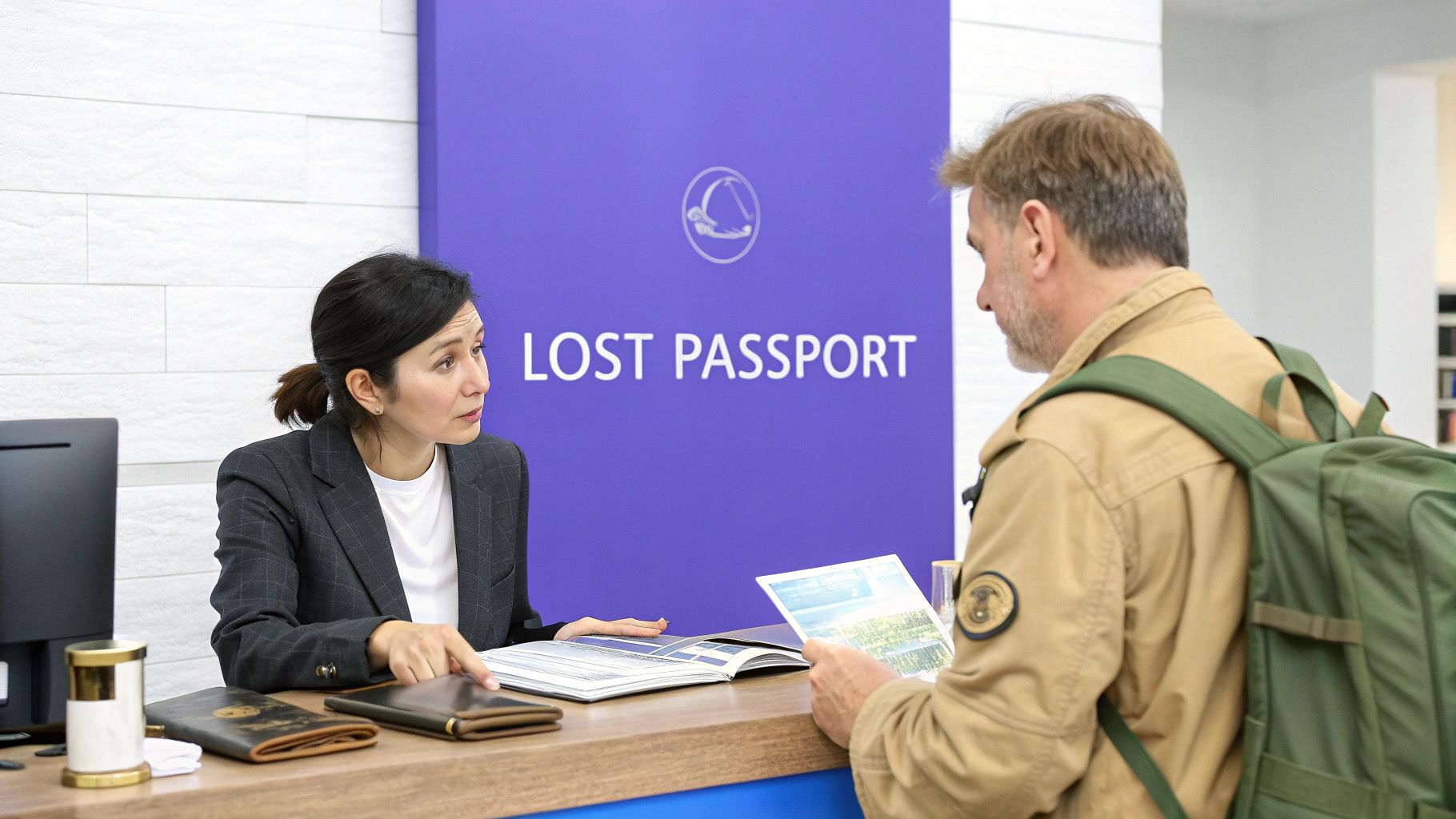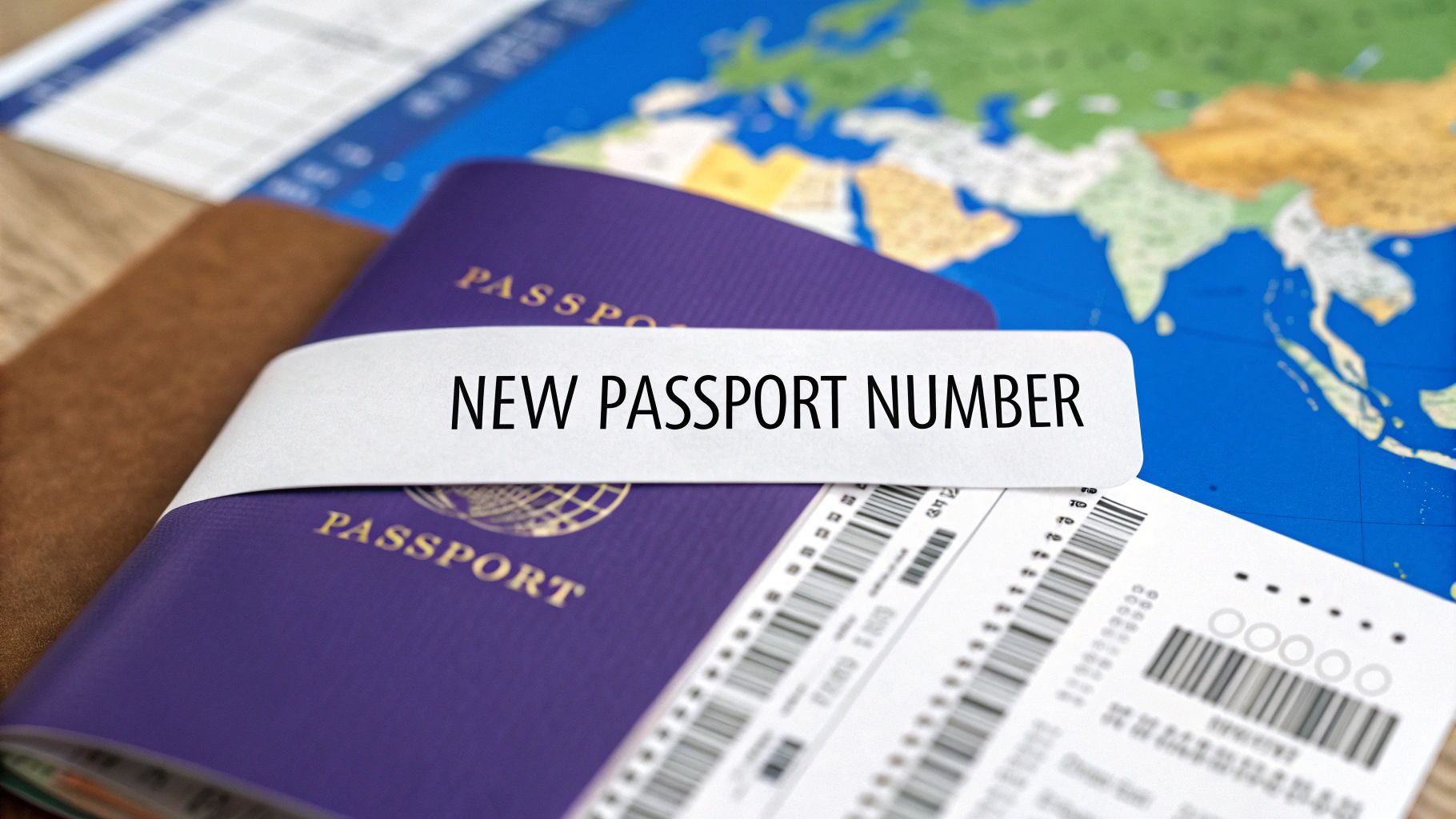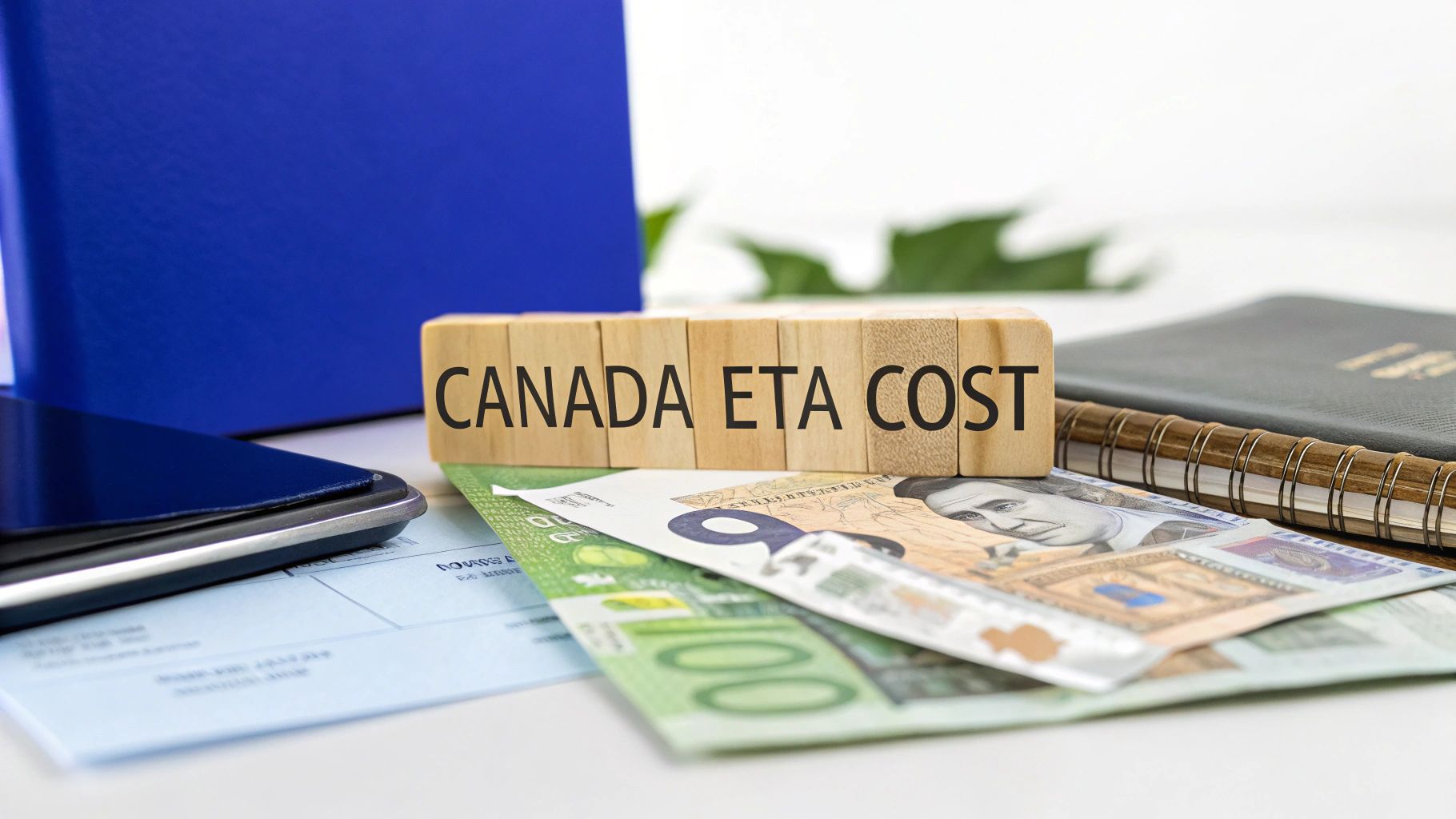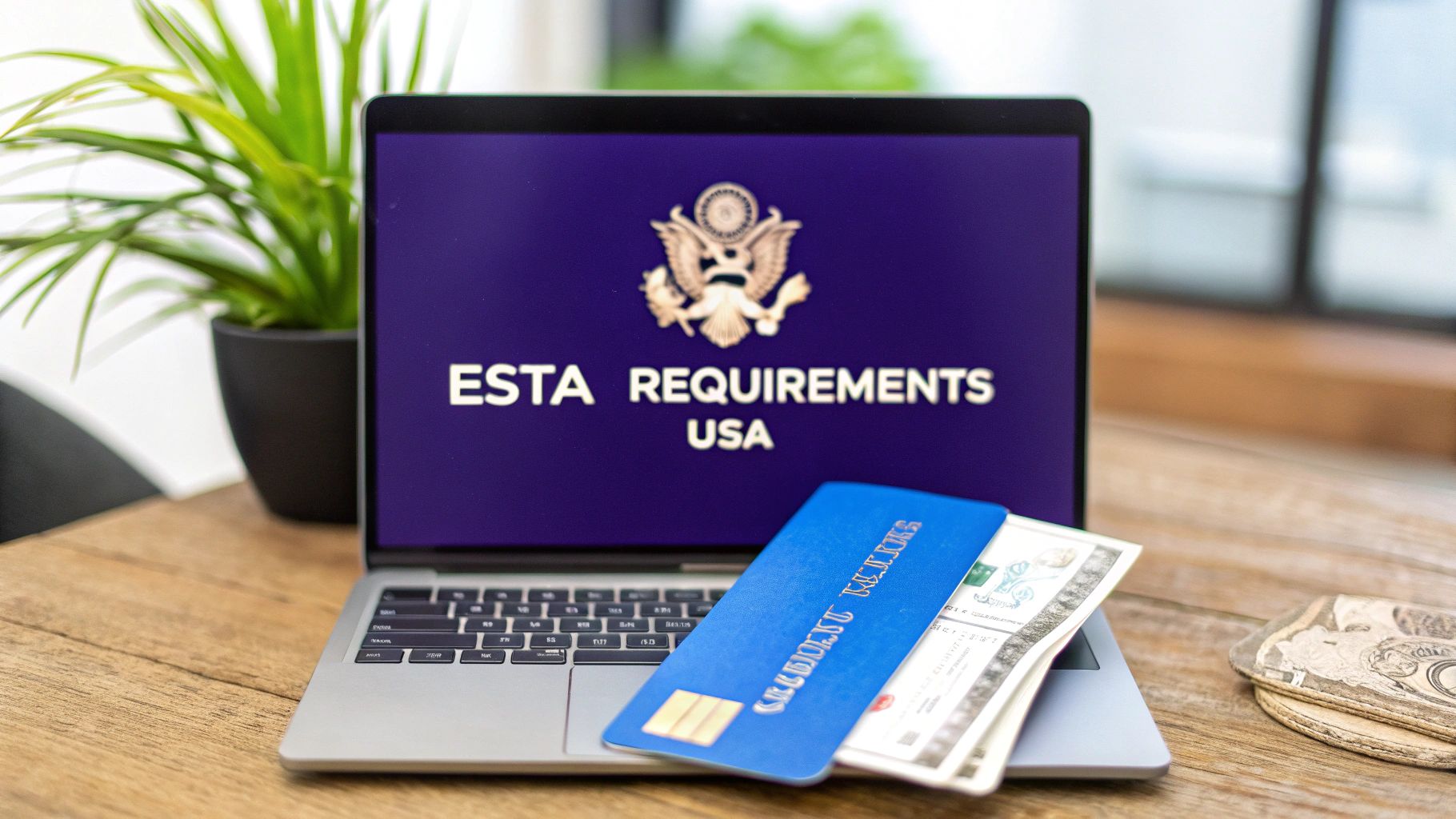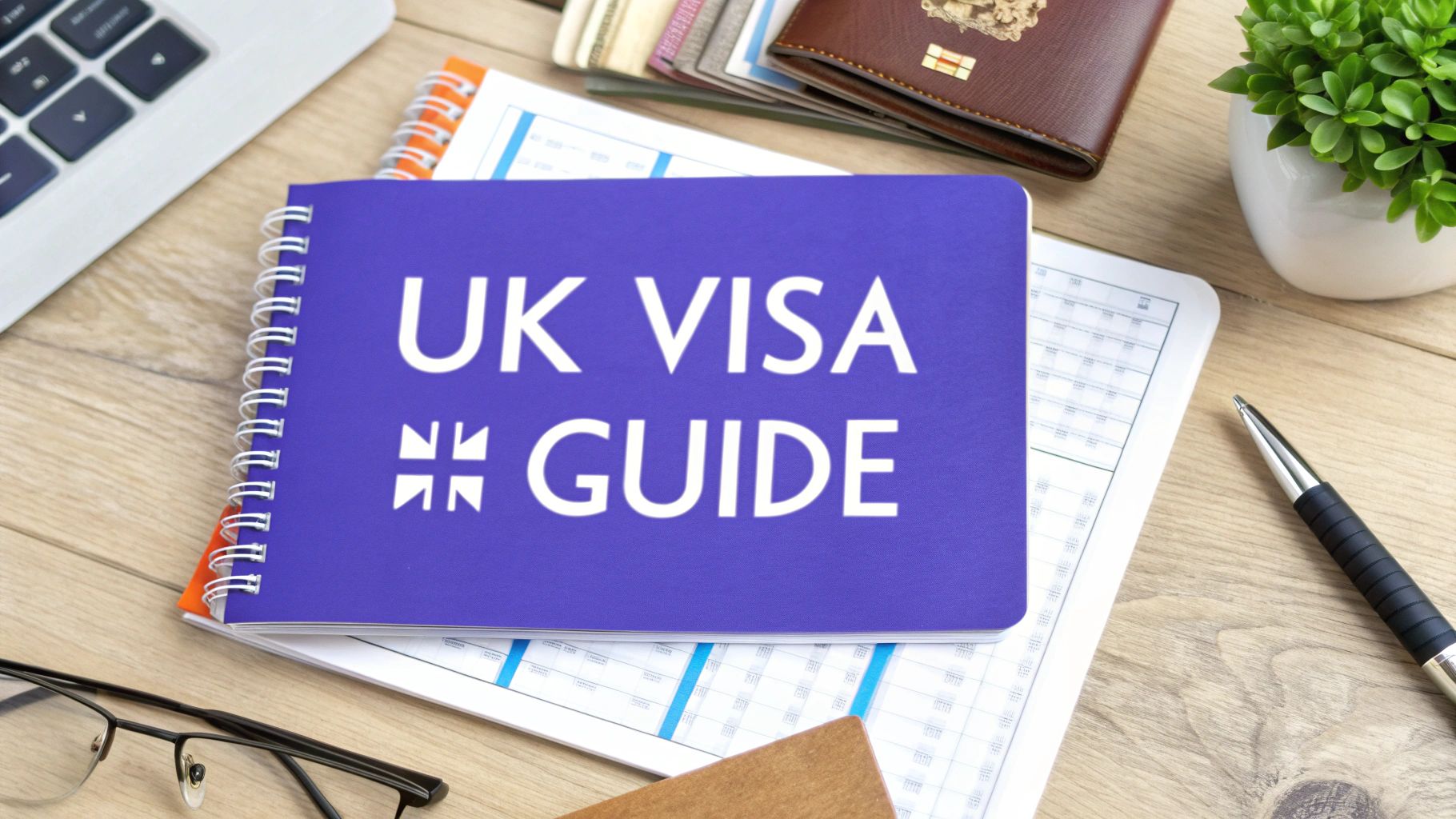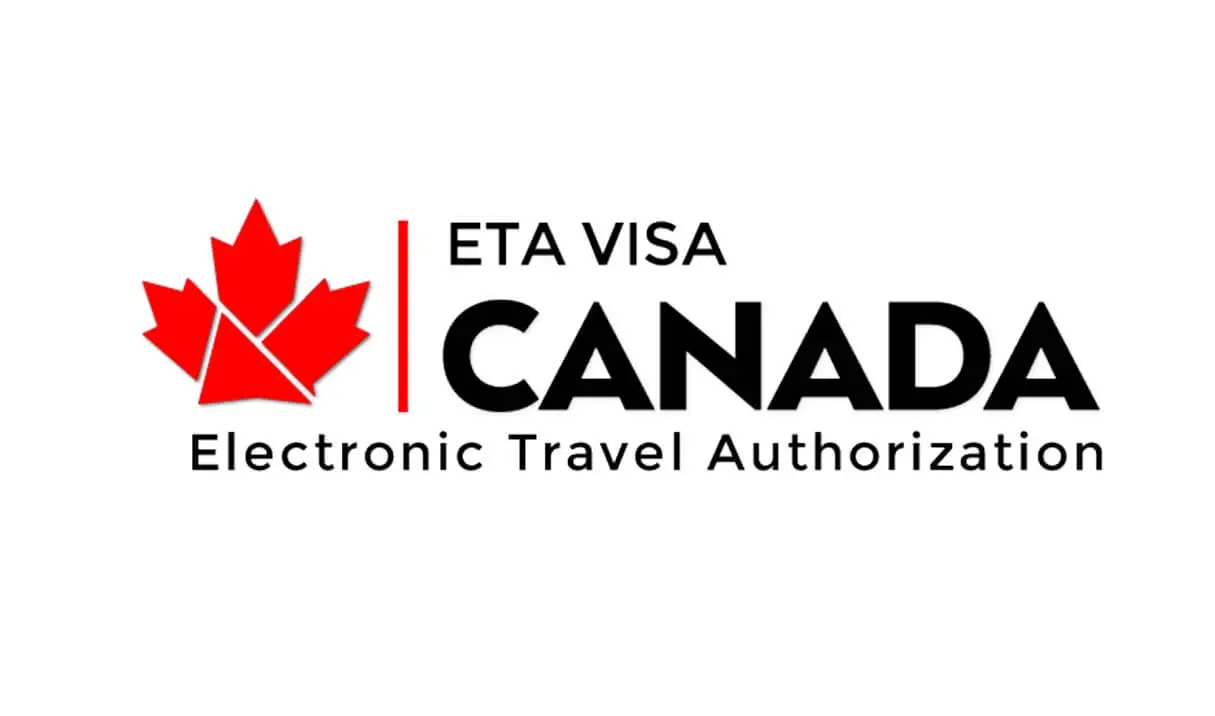
Traveling to Canada: Visa and eTA Requirements
Apply for Your Canada eTA Instantly
Planning a trip to Canada? Depending on your nationality, you may need a visa or an Electronic Travel Authorization (eTA) to fly to or transit through a Canadian airport. Here's what you need to know to make your travel experience smooth and hassle-free.
What is an eTA?
An Electronic Travel Authorization (eTA) is a mandatory requirement for travelers from visa-exempt countries who wish to enter Canada by air. The eTA is linked electronically to your passport and is valid for up to five years, or until your passport expires—whichever comes first. If you renew your passport, you'll need to reapply for a new eTA.
A valid eTA allows you to travel to Canada for short-term visits, typically up to six months. It’s important to note that while an eTA permits you to board your flight to Canada, entry is not guaranteed. Upon arrival, a border services officer will assess your eligibility for admission into the country.
Who Needs an eTA?
There are several categories of travelers when it comes to eTA requirements:
Travelers Who Need an eTA:
Citizens from visa-exempt nations need an eTA to fly into or transit through Canadian airports. However, if you are entering Canada by land or sea (e.g., by car, bus, train, or cruise ship), an eTA is not necessary.Travelers Eligible for an eTA:
Citizens from certain visa-required countries may apply for an eTA instead of a visa, but only for air travel. If arriving by other means, a visa is still required.Travelers Who Need Different Documentation:
Canadian citizens (including dual citizens) must travel with a valid Canadian passport.
Canadian permanent residents need a permanent resident card or travel document.
U.S. citizens are exempt from eTA requirements but must carry a valid U.S. passport.
U.S. permanent residents also don’t need an eTA but must show proof of their lawful status in the U.S. and a passport from their country of nationality.
Visa-Required Travelers:
If you hold a passport from a visa-required country or are stateless, you will need a visa to travel to Canada, even if you’re only transiting through an airport.Accepted Status Documents for U.S. Lawful Permanent Residents
If you're a lawful permanent resident of the U.S., you'll need to provide official proof of your status when traveling. Acceptable documents include:
A valid Permanent Resident Card (Form I-551)
A foreign passport with an unexpired temporary I-551 stamp (also known as an ADIT stamp)
A foreign passport with a temporary I-551 notation (“Upon endorsement serves as temporary I-551 evidencing permanent residence for 1 year”) on a machine-readable immigrant visa, along with a U.S. Customs and Border Protection admission stamp
An expired Permanent Resident Card (Form I-551) with Form I-797 (Notice of Action) for a pending Form I-751 (Petition to Remove Conditions on Residence) or Form I-829 (Petition by Investor to Remove Conditions on Permanent Resident Status)
An expired Permanent Resident Card (Form I-551) with Form I-797 (Notice of Action) for a pending Form I-90 (Application to Replace Permanent Resident Card)
A valid re-entry permit (Form I-327)
Form I-94 with an unexpired temporary I-551 stamp (ADIT stamp) and a passport-style photo
These documents will serve as proof of your permanent resident status while traveling.
How to Apply for an eTA
Applying for an eTA is a straightforward process. The application usually takes just a few minutes to complete, and most people receive approval via email within minutes. In some cases, additional documentation may be requested, which can delay the process by a few days, so it’s a good idea to apply well before booking your flight.
You can only apply for one person at a time. Make sure to have your passport, credit card, and email address on hand when applying.
Common Mistakes to Avoid
One common mistake travelers make is entering the wrong passport number on their eTA application. If this happens, you won’t be able to board your flight. Use the number at the top of the passport’s information page (the page with your photo) when completing your application.
At the Airport
Once your eTA is approved, it will be electronically linked to the passport you used for the application. When you check in for your flight, the airline will scan your passport to confirm you have a valid eTA. If there’s no match, you won’t be allowed to board.
Before heading to the airport, double-check that the passport number on your eTA approval email matches the number in your passport. If it doesn’t, you’ll need to reapply for a new eTA to avoid any travel disruptions.
Apply for Your Canada eTA Instantly
